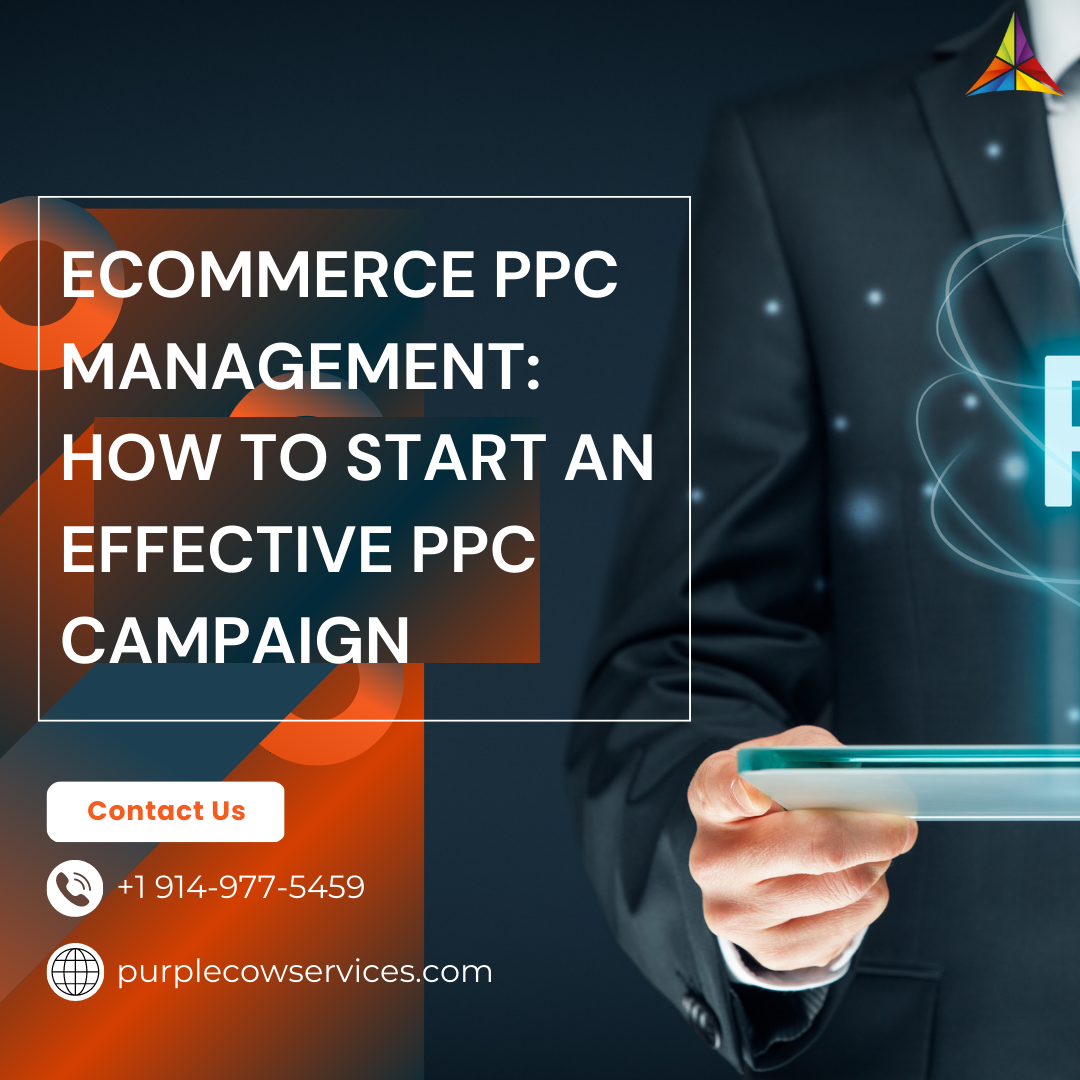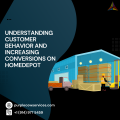Research keywords and competition
Before you start creating ads, you need to research the keywords and phrases that your potential customers are searching for. This will help you understand what terms to target and what your competition looks like. Tools like Google Keyword Planner, SEMrush, and AHrefs can help you identify the most relevant and valuable keywords for your business.
Set goals and budget
Next, you need to set clear goals for your PPC campaign. Are you looking to increase website traffic, generate leads, or boost sales? Each goal requires a different approach and budget. Based on your goals, you can set a realistic budget for your campaign. This will help you avoid overspending and ensure you’re getting a positive return on investment (ROI).
Choose the right platform and ad format
There are several platforms available for eCommerce PPC campaigns, including Google Ads, Bing Ads, and social media platforms like Facebook, Instagram, and LinkedIn. Choose the platform that aligns with your audience and goals. Then, choose the right ad format, such as search ads, display ads, or shopping ads, depending on your products and target audience.
Craft compelling ad copy
Your ad copy should be compelling, clear, and concise. It should include relevant keywords, a strong call-to-action (CTA), and any unique selling points (USPs) that set your products apart from the competition. A/B testing your ad copy can help you identify what messaging resonates best with your audience and drive better results.
Create targeted landing pages
Once a user clicks on your ad, they should be directed to a landing page that’s specifically designed for that ad. The landing page should be optimized for conversions, with a clear headline, strong CTA, and relevant product information. By creating targeted landing pages, you can improve your conversion rates and ROI.
Optimize and test your campaigns
PPC campaigns require ongoing optimization and testing to ensure they’re performing at their best. This includes monitoring metrics like click-through rate (CTR), conversion rate, and cost-per-click (CPC). Adjust your targeting, ad copy, and bidding strategy to improve your campaign’s performance and maximize your ROI.
Retarget visitors
Retargeting is a powerful way to reach potential customers who have already visited your website. By showing them targeted ads based on their browsing behavior, you can encourage them to return to your site and complete a purchase. Retargeting campaigns can have a higher conversion rate and lower cost per acquisition than standard PPC campaigns.
Keep Up with Industry Changes and Best Practices
PPC advertising is constantly evolving, with new platforms, ad formats, and targeting options emerging all the time. To stay competitive, it’s essential to stay up-to-date with industry changes and best practices. Subscribe to industry blogs and newsletters, attend conferences and webinars, and network with other PPC professionals to stay on top of the latest trends and techniques.
In conclusion, starting a successful eCommerce PPC campaign requires a solid strategy, a clear understanding of your audience and goals, and ongoing optimization and testing. By researching keywords and competition, setting goals and budget, choosing the right platform and ad format, crafting compelling ad copy, creating targeted landing pages, optimizing and testing your campaigns, and retargeting visitors, you can drive targeted traffic, generate leads, and boost sales for your eCommerce business.
Looking to grow your eCommerce business? Accelerate your eCommerce growth with Purple Cow’s eCommerce PPC management services! Our expert team can help you start, manage, and optimize your PPC campaigns for maximum results. With our data-driven approach, we’ll help you reach your target audience and drive sales while making every dollar count. Don’t let your PPC campaigns fall short – trust Purple Cow to help you succeed in the competitive world of eCommerce. Contact us today to learn more!














